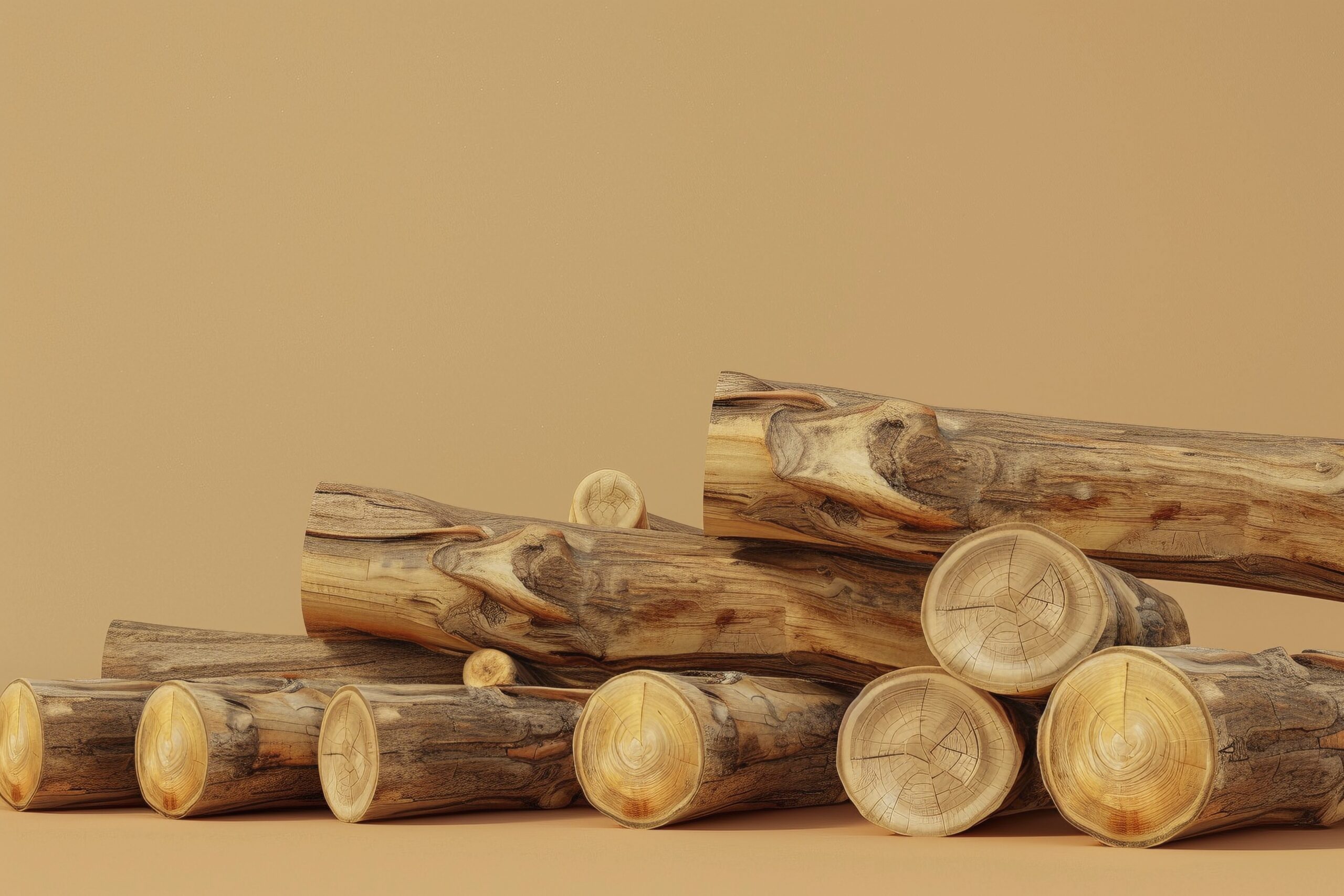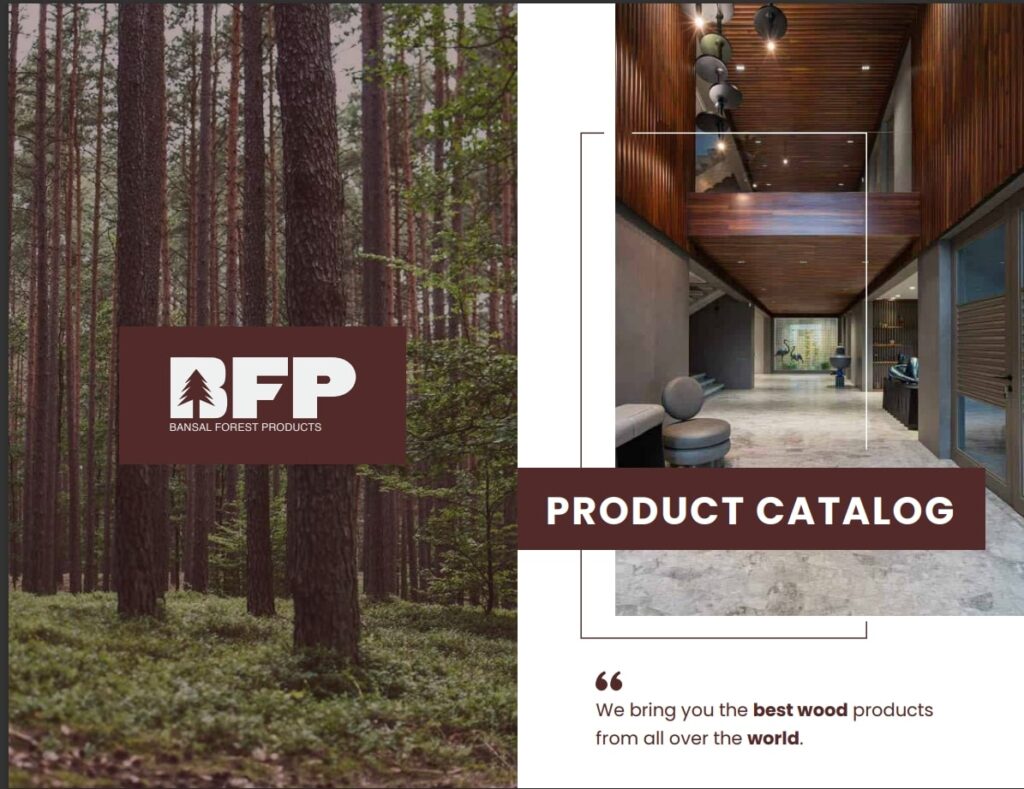Maple wood is known for its timeless beautiful texture and for making the furniture stand out from the rest of the woodwork. Maple wood comes from the rich deciduous trees called sugar maple. Geographically, maple trees are situated in the Northeastern United States and Canada as well.
Maple wood stands strong for many decades making it favorable for any furniture. Hard maple also known as Acer Saccharum, and soft maple also known as Acer Rubrum are two maple wood types highly used in woodworking. Timeless appeal to damage resistance, this blog will enfold the pros and crucial insight about maple wood.
Why Choose Maple Wood?
The maple wood trees grow relatively quickly and are found in abundant amounts making them renewable resources. According to credible sources, 6.6% of all U.S. hardwood growing stock, or 953.7 million m3, is hard maple. It ensures high production and continuous supply of good quality maple wood for any woodwork. Other than this there are other advantages as well:
Eco-Friendliness And Sustainability:
The longevity of the maple woods is one of the major advantages that ensure sustainability. It reduces the timber requirement from time to time significantly resulting in sustainable development.
Sustainable Harvesting:
Maples are a renewable resource since they are widely distributed and grow really quickly. The maple tree can grow to about 120 feet along with a diameter of 3 feet ensuring a good amount of wood for any woodwork. Sustainability and a strong outlook make it durable and fit for both indoor and outdoor work. Maple wood is still an eco-friendly option because of responsible gathering methods.
Minimal Environmental Impact:
Products made from maple wood can be manufactured with little to negligible negative environmental impact, particularly if the wood comes from certified sustainable forests or from certified suppliers. The natural grain effect adds a statement to the wood piece. Its versatility and less harmful environmental impact make it a desirable wood for any woodworking project.
High-Strength And Durability:
Durability with affordability makes maple wood a highly recommended wood piece by several interior design professionals.
Sturdy And High Strength:
Maple wood is surprisingly powerful and resilient for its delicate appearance, which makes it a great option for high-end furniture pieces meant to withstand regular use. It looks delicate but it is sturdy and consists of high strength properties.
Durability And High Quality:
Maple wood furniture is a wise investment for discriminating consumers because of its strong grain structure and resilience to deterioration, which guarantees that it will keep its beauty and integrity for many years to come. Black maple and sugar maple are the hardest wood that is highly used in furniture. Maple has high damage resistance power as well.
Aesthetically Appealing:
Aesthetics play a huge role in any woodwork, whether it is used for exterior design or interior design. The maple woods with neutral color tones give chic and elegant vibes to the whole space.
Evergreen Natural Beauty:
Maple wood has a smooth feel and good texture, even grain that gives it a modern, clean appearance. The subtle grain pattern and soft, sand-blonde tones of maple offer a neutral foundation for light and dark furniture. It adds a beautiful statement to the furniture. That makes it stand out from other wood furniture pieces. It is perfect for modern interiors that lean toward minimalism, even though it works well for classic and simplistic homes.
Versatility In Design:
It can be left unfinished for a light, modern look, or stained to resemble other, more expensive woods. With different dyeing procedures and coloring the wood can be converted to any marvelous timber that can suit any interior design look. Its adaptability enables it to blend in perfectly with a wide range of design motifs.
Some Of The Important Insights From Leading Suppliers:
Important insights and crucial recommendations from the leading suppliers that will allow the buyers to make the right furniture buying decision.
Low Upkeep:
Because of its deep grain, maple wood is less likely to collect spills and stains, making it reasonably easy to keep. They are used for interior looks and furniture because of their low maintenance. Along with beautiful texture and look, the ease in upkeep is another crucial advantage. Maple wood may retain its fresh appearance for many years with routine cleaning and periodic resealing.
Wood Grades:
Selecting which grade of wood will be favorable for any woodwork application. Perfect for high-end furniture, free of flaws, and uniform in appearance. The suppliers provide detailed insight on whether to use Black maple, Florida maple, or Sugar maple. By looking at the pros and cons it can become easier for the customer to make the right decision according to their requirement.
Machining Ease:
Maple wood is well regarded for its workability, yielding to both hand and machine tools with equal efficiency. It responds well to the tools that ensure futuristic designs and look. Customization and personalization become easier due to its machining ease.
Its fine grain makes it possible to achieve excellent finishes and accurate details, which are crucial for furniture and cabinetry. Allowing high-end looks and designs with futuristic appearance.
Durability:
As per the suppliers, hard maple is a great option for heavy-duty applications and high-traffic locations since it is incredibly resilient to impact and wear. The maple wood is damage-resistant which ensures affordability and saves money. To demonstrate the durability of hard maple, suppliers frequently point out that it is used in bowling alleys and gymnasium flooring. This provides an insight into their robustness and sturdiness.
What Are The New Developments In The Global Market For Maple Wood?
The market for maple wood is growing in several ways. There are many advantages like maple wood is a renewable resource, and there is a growing demand for environmentally friendly and sustainable materials. Also with the advancement in technology, it will provide even better quality, futuristic designs, and high-end looks. The growing vogue for rustic and natural-looking furniture designs is driving up demand for maple wood, which has a lovely grain pattern and a cozy appearance.
Conclusion
The market for maple wood seems to have a bright future. In the coming future the market is expected to see an increase at a compound annual growth rate (CAGR) of 8%. The future of maple wood is bright and as the demand increases the supply of maple wood will also increase. Maple wood has innumerable advantages which makes them a good option and choice for any furniture or woodwork application.


